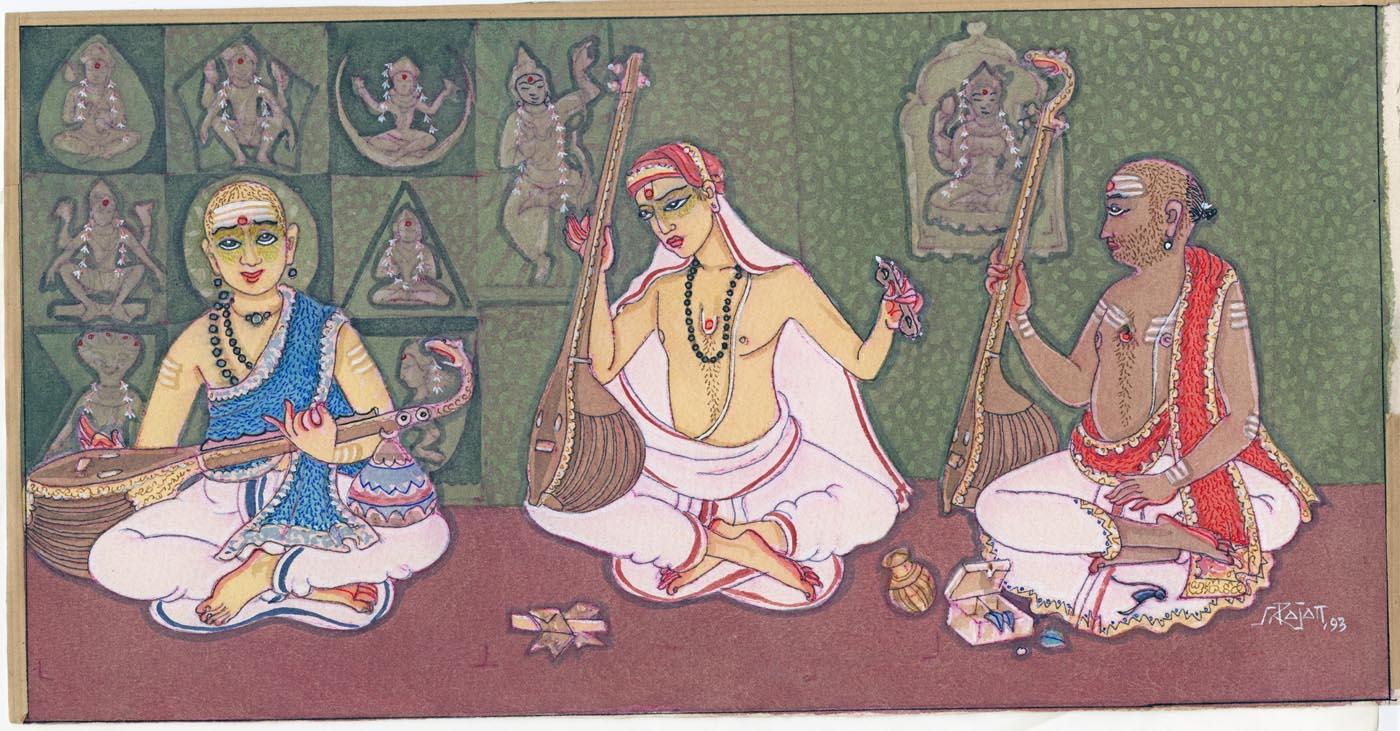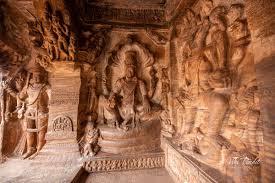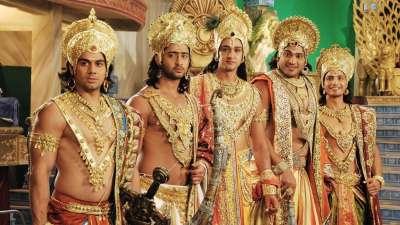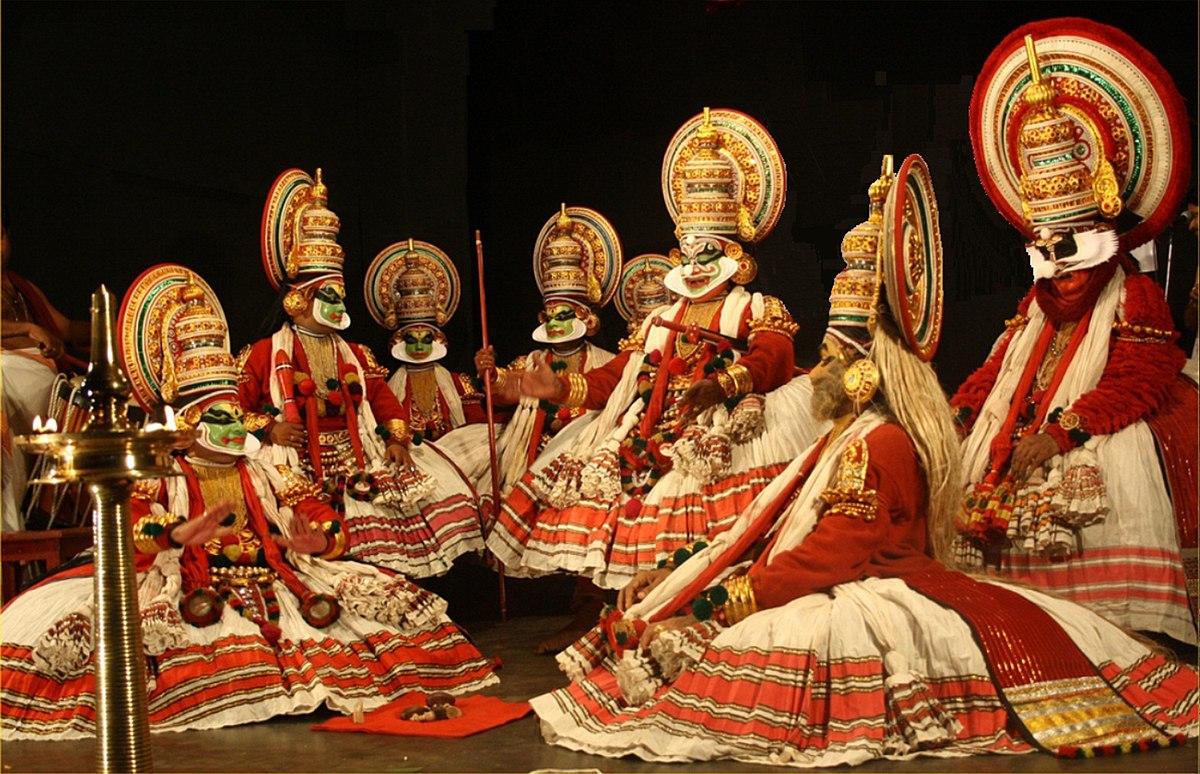- This topic has 0 replies, 1 voice, and was last updated by .
-
AuthorPosts
-
April 11, 2024 at 5:53 pm #2055Up::1
Since the origin of this world one thing that has been always admired is a beauty in simplicity
and that of the surroundings. All the carvings, scriptures, the manuscripts, the music from
ancient times, the paintings and amazing architecture is all considered Art.
Sanatan Dharm gives utmost important to art and it has been considered a very important
activity as it preserves one’s Heritage and let people show their skills in front of the whole world.
Well just just might be the intro but let us dive into the world of art which is connected to
Hinduism.Poetry and Music

Poetry and music are integral to Sanatan Dharma, serving as conduits for spiritual expression
and cultural preservation. Through devotional songs and chants, Hindus connect with the divine,
expressing reverence and devotion. Ancient scriptures, written in poetic form, convey profound
philosophical teachings in rhythmic verses. Classical music traditions like Carnatic and
Hindustani music, alongside poetic genres such as Bhakti and Sufi poetry, embody the richness
of Hindu cultural heritage, fostering a sense of identity and continuity. Poetry holds great
significance as one of the greatest events that took place, Mahabharat and Ramayan are both
epic poems. These epics were written by the greats of Valmiki, Tulsidas, Ved Vyas etc.
Beyond cultural significance, music and poetry provide emotional solace and facilitate
meditation, aiding spiritual growth and inner peace. In essence, they are revered as sacred arts,
guiding individuals on their spiritual journey within Sanatan Dharma.Paintings and Carvings

In Sanatan Dharma, paintings and carvings play a significant role in expressing spiritual
concepts and narratives. They serve as visual aids for meditation, teaching, and worship,
conveying profound philosophical ideas and stories from ancient scriptures like the Vedas,
Ramayana, and Mahabharata. Depicting gods, goddesses, and mythical figures, these artworks
facilitate devotion and deepen understanding of cosmic principles and the interconnectedness
of existence. They also preserve cultural heritage and transmit traditions across generations.
Furthermore, intricate designs and motifs in sculptures and paintings symbolize various aspects
of divinity, nature, and the human condition, fostering contemplation and introspection. Thus,
within Sanatan Dharma, paintings and carvings serve as powerful mediums for spiritual
expression, fostering a deep connection with the divine and offering insights into the
complexities of existence.Acts And Plays

They are vehicles for imparting spiritual teachings and moral lessons. Through dramatic
performances, ancient stories from epics like the Ramayana and Mahabharata are brought to
life, allowing audiences to emotionally engage with the characters and their dilemmas. These
theatrical productions serve as educational tools, conveying complex philosophical concepts in
a relatable and accessible manner. Additionally, plays often depict the triumph of good over evil,
reinforcing ethical values and promoting righteousness. Furthermore, theatrical performances
are integral to religious festivals and ceremonies, enhancing the celebratory atmosphere and
invoking devotion among participants. Overall, plays and acts in Sanatan Dharma serve to
entertain, educate, and inspire, fostering a deeper understanding of spiritual principles and
promoting moral living.Dancing

Dancing serves as a sacred expression of devotion, celebration, and spiritual awakening.
Classical Indian dance forms such as Bharatanatyam, Kathak, Odissi, and others are deeply
rooted in Hindu culture, with origins traced back to ancient texts like the Natya Shastra. Through
intricate movements, hand gestures (mudras), and facial expressions, dancers embody divine
stories and spiritual themes, captivating audiences and invoking a sense of transcendence.
Dance is not only a form of entertainment but also a form of worship (bhakti), with performances
dedicated to various deities during religious festivals and ceremonies. It is believed that through
dance, practitioners can attain spiritual elevation and connect with the divine on a deeper level.
Furthermore, classical dance is considered a form of meditation, requiring discipline, focus, and
surrender to the rhythm and flow of movement. Lord Natraj, is the lord of dance and expression
shows how important this artform is, while also considering Tandav performed by Mahadev And
Krishna Leela, which are great feats of dance and expression.
Thus, a varied cultural heritage filled with different art forms has been keeping alive the soul of
Sanatan Dharma to this day and it will still keep on going like this if we the people, promote it
without hesitation. -
AuthorPosts
- You must be logged in to reply to this topic.